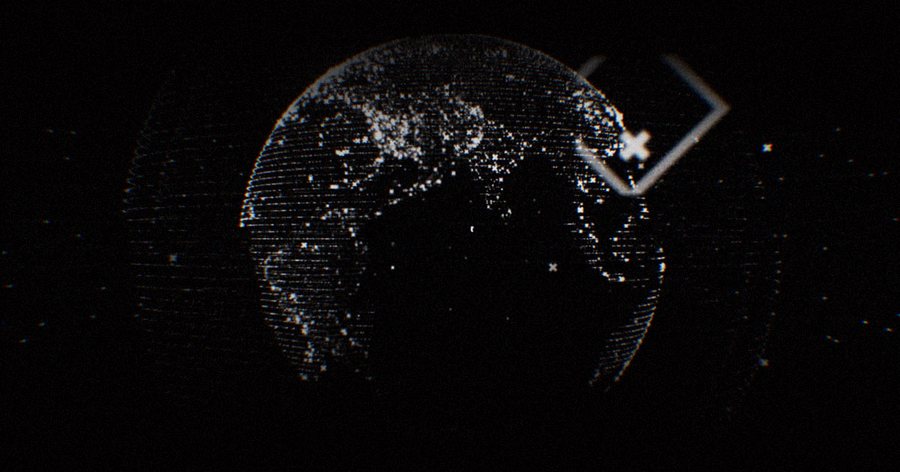Technology is advancing at lightning speeds and for many of us, trying to keep up can be a struggle. Technologies are becoming obsolete not long after coming out into the market. There is a constant fear that we will be left behind from the coming digital age. Concepts, innovations, and technologies that were considered the things of science fiction only a few decades ago are starting to become part of our current-day reality. This exponential growth of technology brings with it not only an infinite amount of possibilities and opportunities but also unprecedented risks. It certainly has the power to shape our future, for better or for worse. Rajiv Ramaswami Chief Operating Officer of Products and Cloud Services at VMware will be speaking to all of us at WCIT 2019 about the future, near and far, and the kind of world we have the power to shape.
Where do we stand and where are we heading?
Let’s take a look at some of the advancements in technology that we are either already developing or are on the brink of creating. Technology has the potential to revolutionize progress in all kinds of fields from agriculture to medical, education to lifestyle. We are entering the age of smart cities and self-driving cars. We are getting closer to realizing the possibilities of AI. We are using 3D printers to print bones. Medical technology, in general, is becoming more accurate. New treatments like an anti-bleeding gel, for example, which can help stop both internal and external bleeding, is going to be a part of our near future.
One technology just within our reaches is genetic fortune telling, where we can analyze genes at birth to predict the behavioral traits, level of intelligence and health risks of our future generations. Every day, we get closer to the actualization of mixed reality, which basically merges the virtual world to the real one. This means producing new environments, where physical and digital objects can interact in real-time. Can you imagine a world which breaks away from screens altogether? A world where we start interacting with the digital world in 3D? All of these may sound fantastical now, but we’re hurtling towards that future, and we will get there sooner than you think!
What does this mean?
So what does that really mean? What are the risks and where does our responsibility play a role in the molding of our future world? In reality, it’s up to guarantee a world that uses these and other more advanced technologies responsibly. Like every innovation, future technologies can be used for our benefit or detriment. Technological advancements can lead to chemical warfare, nuclear weapons and an increase of suffering if we are not careful. So how do we prepare for a world that we can barely conceive?
There are a number of moral and social considerations to make. How, for example, will we be able to rein in the potential risks that artificial intelligence can pose? The development of sentient minds and our inability to empathize with them may lead to their mass exploitation. What if AI develops poor values? Couldn’t that increase those negative qualities in our current society, such as inequality, poverty, global warming, etc? It would be foolish to believe that these problems will solve themselves simply because of the existence of new technologies.
What can we do?
We are in control of the social and political landscape of our future, which will naturally affect our technological landscape. There are steps that we can take in order to prevent negative outcomes. How much better will the world be both now and in the future if we show respect and concern for the interests of all, regardless of their location, race, species, or sex? We can prevent the future victimization of not only humans but other beings. Starting to make these changes now will help to ensure that future generations will use the power of technology more responsibly.
Technology, if used properly, has the potential to create a better more sustainable future, to benefit the world, not destroy it. This means we need to use a smart approach when dealing with technology. For example, we are clearly heading into a future which holds an extremely high risk for pollution-related issues. Using the power of innovation we can make the most of reusable energy and have a better handle on issues like waste management. Everything is intricately tied to our current and future social values.
How can we learn more?
This is only the tip of the iceberg of questions that we need to ask ourselves as we head into a new digital age. There are a limitless number of scenarios of how our future may unfold. Talking about it is key to being better prepared. At this year’s WCIT in October, we will be given the opportunity to listen to speaker Rajiv Ramaswami who knows a thing or two about the rapid-fire pace of the advancements in technology. Now part of the VMware team, he had experience in big organizations like Cisco, Xros (acquired by Nortel), Tellabs, and IBM Research, and was able to see technology develop right before his eyes. He will be leading the discussion on taking a good look at our near and far future of technologies and the impact they will have on our world. What is next? Where will it take us? And is it somewhere we want to go? Join us at WCIT 2019 to learn more!



